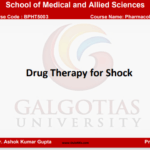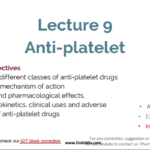Antiepileptic drugs (AEDs), also known as anticonvulsants or anti-seizure medications, are essential for managing epilepsy and preventing recurrent seizures. Here’s an overview of some commonly used AEDs:
Keppra (Levetiracetam):
- Approved for adults and children aged 6 and older.
- Used to prevent seizures in partial epilepsy, generalized epilepsy, and myoclonic epilepsy.
- Available in regular and extended-release pills, oral liquid, and intravenous (IV) formulations.
- Mechanism of action is not fully understood.
Dilantin (Phenytoin):
- One of the oldest anticonvulsant medications.
- Used for both children and adults to prevent generalized and partial seizures.
- Also effective for treating status epilepticus (prolonged seizures).
- Available in capsule, chewable pill, oral solution, and IV forms.
- Interacts with nerve cell sodium channels, inhibiting excessive stimulation associated with seizures.
- Side effects include dizziness, tiredness, difficulty concentrating, and liver damage.










